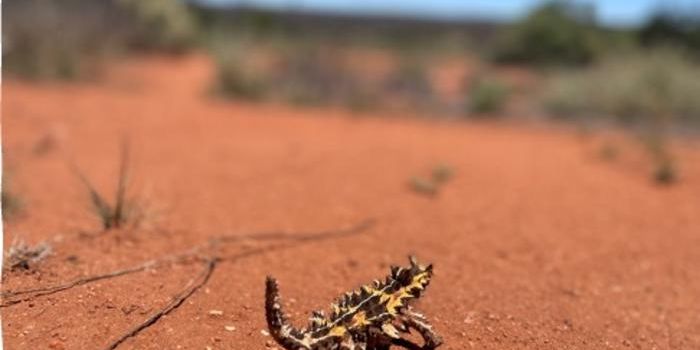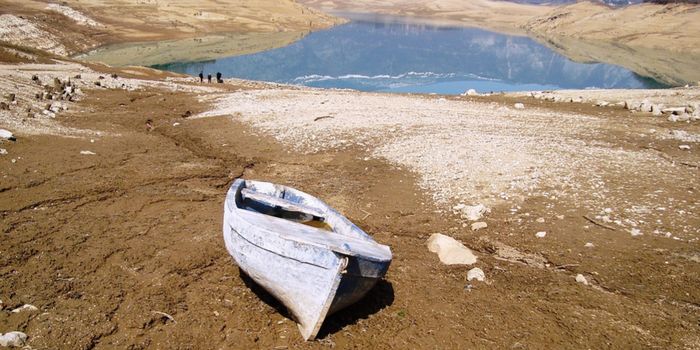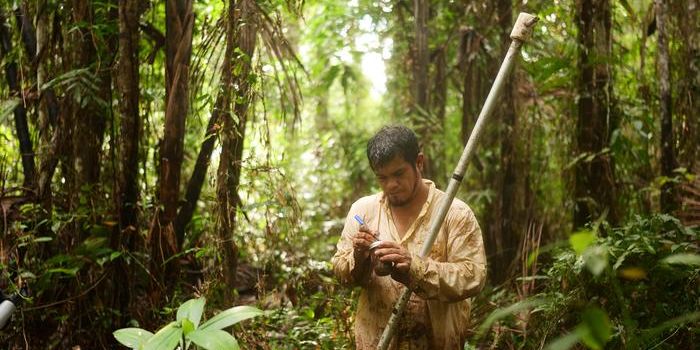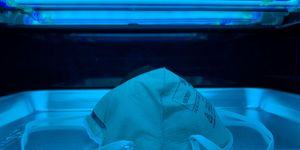Monitoring COVID spread in waterways
A team of researchers with the University of Nevada – Las Vegas and the Southern Nevada Water Authority have explained a new way to monitor the spread of COVID-19 in local communities, as well as a way to monitor changes in the COVID-19 virus: local waterways. The teams work is described in Environmental Science & Technology Letters, an American Chemical Society Publication.
The ability to monitor the spread of COVID-19 is crucial, as with any infectious disease, to adequately monitoring outbreaks of a disease. In the earlier stages of the COVID-19 pandemic, as researchers were looking for ways to do just that, they quickly turned to wastewater as a potential source of information about COVID-19 spread. Specifically, untreated wastewater can provide a host of information to public health officials about how a virus is spreading in a community. Human feces and urine can provide important information about disease presence as well as any potential viral mutations that might be occurring.
A key drawback of this approach, however, is that researchers are only able to make sense of disease spread connected to areas linked to local wastewater and sewage infrastructure. In other words, to people who have a place to live. People who are without homes, or homeless, are not included in public health analyses of viral spread. And yet, this group can be particularly vulnerable to severe infection, making it more important than ever to understand disease transmission in and near homeless communities.
Researchers turned from untreated wastewater analyses to analyzing water in nearby waterways to gain clues about viral transmission. In their study of waterways near homeless communities near Las Vegas, researchers found that 25% of water samples they collected and analyzed with PCR testing were positive for COVID-19. Researchers suggested the frequency of viral detection was about on par with transmission levels present in communities analyzable via wastewater, or the general community. The team also noted several different viral mutations in their samples.
The team hopes this work can provide new ways for public health officials to monitor infectious disease spread.
Sources: Science Daily; Environmental Science & Technology Letters








